I’ve never known any sculptor who can read and translate 2D art into 3D with such skill and creativity as Jon Matthews. That he is a truly gifted artist is confirmed by the superb quality of his work, piece after piece. Whether an action figure or a collectible statue, his sculptures capture the essence of the artist’s intent without compromising it in the translation. His interpretation of Mike Mignola’s Batman is one of the bravest, most inventive and original pieces I have ever seen. Ladies and gentlemen, Jonathan Matthews!
Most of what I do as a figure sculptor for DC Entertainment is to translate a specific two dimensional artist’s style from the comic page into three dimensions. I’ve always had a talent for noting certain eccentricities in the way an artist renders parts of human anatomy or the way they use their particular medium. Seeing what makes one artist’s work specifically different from another’s is one step in the process. Figuring out how to represent those stylistic oddities from the page to 3D is another. Over the years, I’ve attempted to translate quite a few different comic artist’s drawings into three dimensions in either action figure or collectible statue form. I’ve had some great successes and some pretty epic failures, but the inherent challenge each new artist represents is always fun.
In the most successful outcome, the sculptor’s work is almost invisible. From every angle, the sculpture needs to match or evoke the 2D artwork. I try for a result that looks effortless… of course the work is anything but.
The example I’ve chosen to walk you through is Jack Kirby’s character, Darkseid.
The challenge with this type of work is finding the ideal intersection between what I know as a sculptor and what the comic artist is trying to represent with their unique perspective on anatomy and the line work they use to represent light and shadow on a dimensional form. Comic art is very much about line work and I feel to make a successful sculpture that represents the drawing, some of that line work needs to be present in the sculpture.
First, I begin the sculpture by compiling as much of the comic source material as I can. I pick out images that stand out to me as key to the character and the comic artist’s representation of same. I’ll search for front, side and 3/4 views of the body and particularly the face. I’ll usually make up a style sheet to tack up in front of me as I work so I can continually check the sculpture against the source material.
With Jack Kirby’s artwork, he takes a lot of anatomical liberties. His proportions are all his own and he reuses certain facial expressions repeatedly. These are just the things I look for when collecting my reference. In fact, the more stylized the source artwork is, the easier it is to represent three dimensionally. If I see the same expression repeatedly being used on the face, that’s the expression I know I need to match-same with the anatomy.
As with any sculpture I do, I’ll start off with a sort of block figure in wax. I’ll do this while looking at the comic art and keeping an eye out for anything the artist does that sets their art apart. In the case of Kirby, my block figure is overly wide and stocky, with huge blocky knees and large, square fingered hands. I’ll pay close attention to how the skeletal anatomy is implied in the art and adjust the sculpture away from realism accordingly.
When I have the block figure proportionally correct, I start thinking about how the sculpture needs to be broken apart. If the sculpture is to be a collectible statue (static, pre-painted and posed) it will need to be cut apart with a mind toward making the factory production as easy as possible. I’ll look for natural breaks in the piece like where arms go into shirts or shoes into pants, etc..
In this instance, the figure was manufactured as an action figure. The sculpture has to be cut apart at each joint that will feature an articulation point, and engineered with either a pivot, ball or hinge joint.
I cut the figure’s head off where the skull would go into the spine and add a sphere and corresponding socket. Your basic ball joint. This type of joint allows the figure to move it’s head in both an up and down and side to side motion. I do the same at the shoulders. For the elbows and knees, I do a hinge joint. The wrists and waste are pivot joints. Between the different types of joints on the arms and legs, you can get a semblance of natural movement. There’s a modified sort of hinge joint at the hips that allows movement of the thighs forward and backward, but in this case, the joint is covered by Darkseid’s little skirt thing he’s wearing. The skirt is a thin piece of wax that lays over the underlying joint and was manufactured in a soft material that allowed the joint to be manipulated. The engineered joints are indicated by the metal pins present in the images.
Engineering the joints on an action figure usually takes some time and consideration. I try to achieve a maximum rotation or movement with a minimum of distortion once pivoted. I cut the joint parts out of a hard foam on a lathe and center drill the plates that make up the joint parts so they can be pinned together and rotate without any off center wobble. As I’m working in the joints, I’m usually beginning to play with sculptural ways in which to represent some of that line work I mentioned earlier.
Kirby’s line work is perhaps the thing that stands out most about his artwork.
The approach I took here was to describe that line work as graphically as I could and to use the shapes I saw repeated in Kirby’s art to describe the anatomy of the figure.
The challenge was to make these graphic indentations remain apparent as light moves around the figure and at the same time describe the muscular and skeletal shapes in a way that is representative of Kirby’s drawings. The effect is a bit harder to achieve in an action figure versus a statue because of the compromises adding the joints requires. You can fake a better brick shaped knee if it doesn’t have to move!
I used Kirby’s anatomical peculiarities in concert with some tool marks intended to evoke his line work to try and capture his work in 3D. The success of the translation is ultimately up to the fan or collector to decide, but for what it’s worth, here’s my take on Jack Kirby.
In the interest of variety, I’ve included some other 2D to 3D translations in which I’ve relied heavily on sculptural line work to achieve the effect.


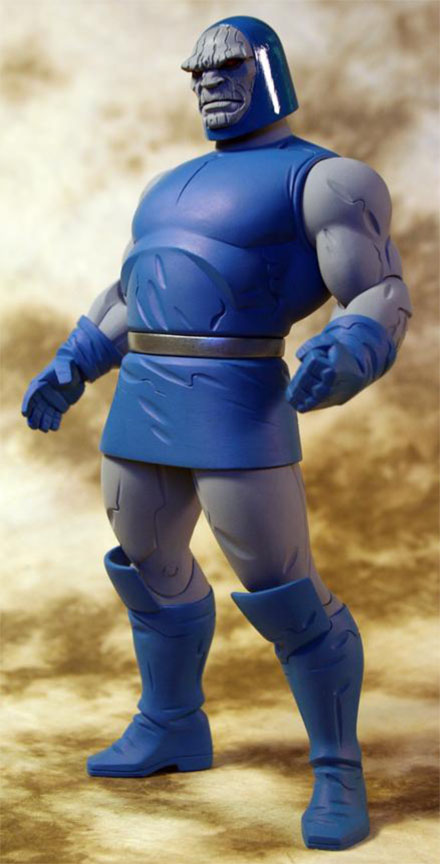
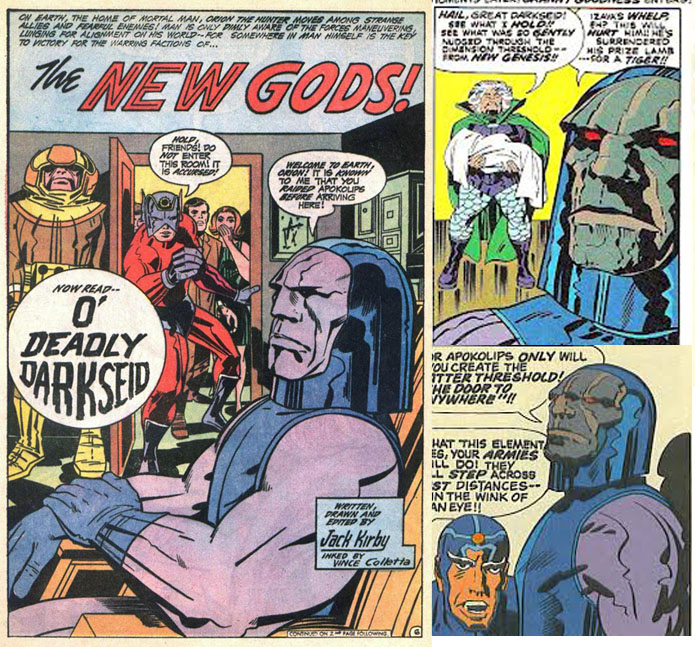
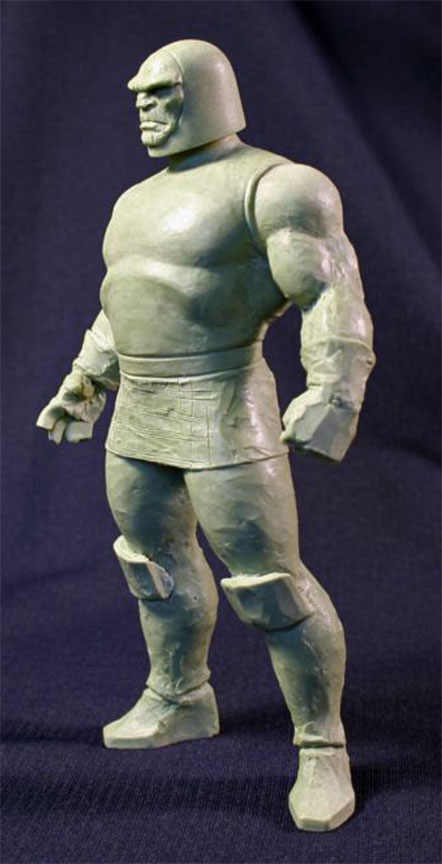
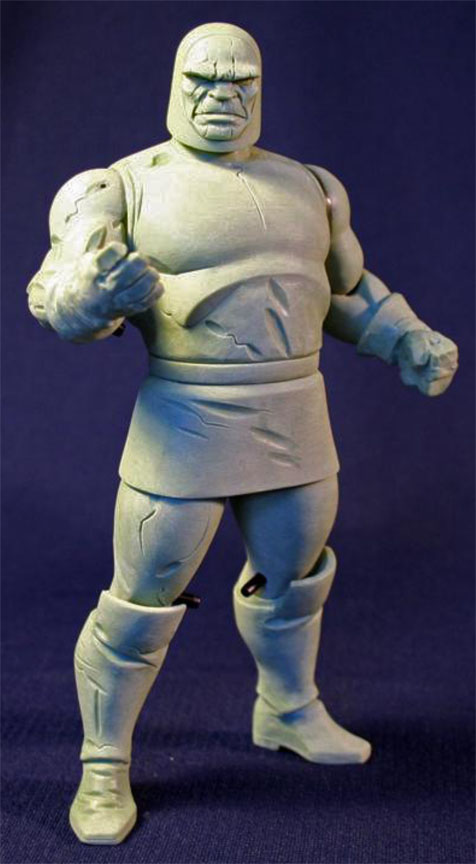

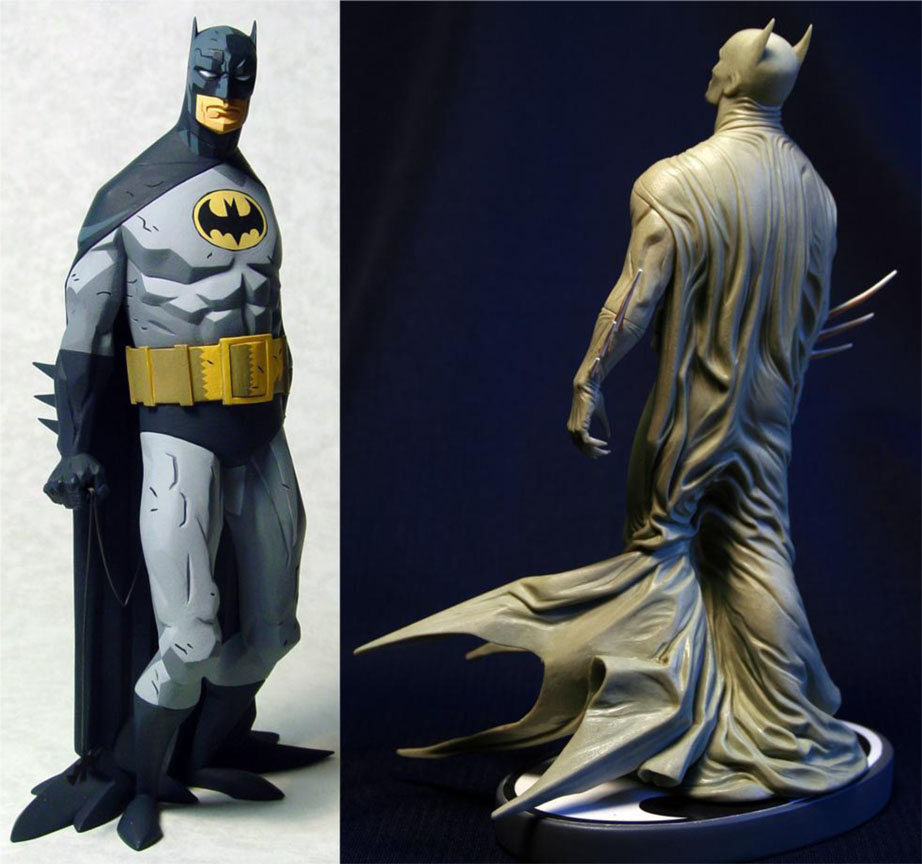
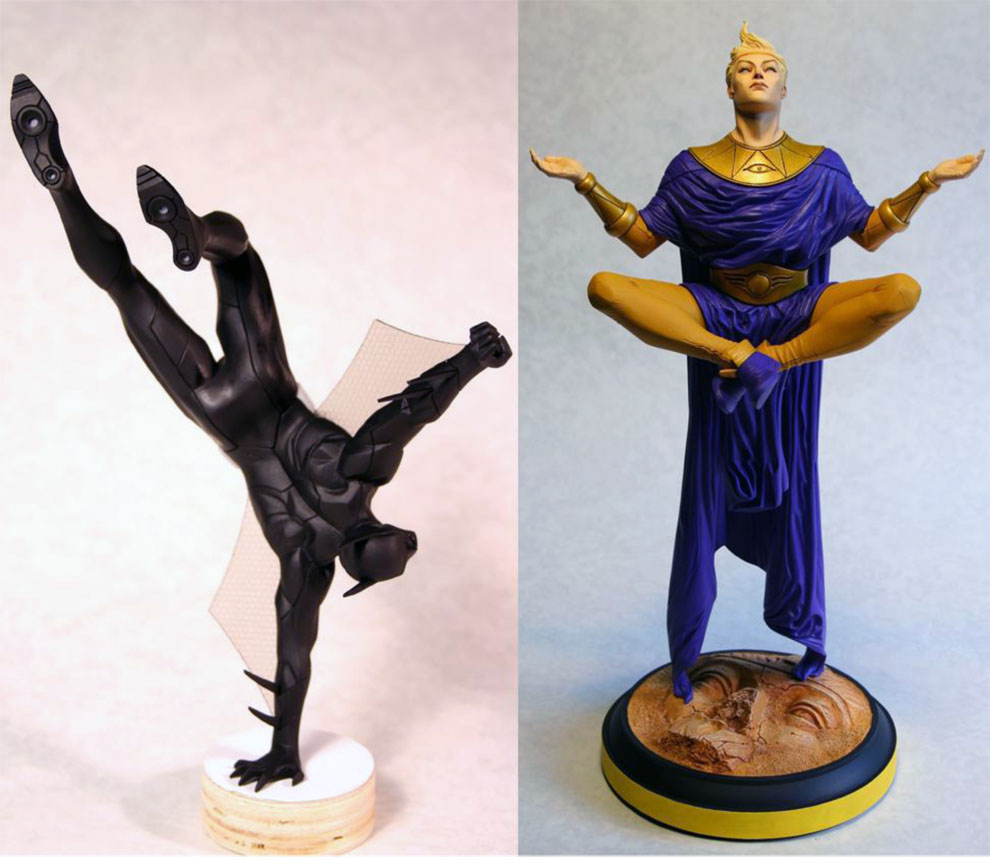
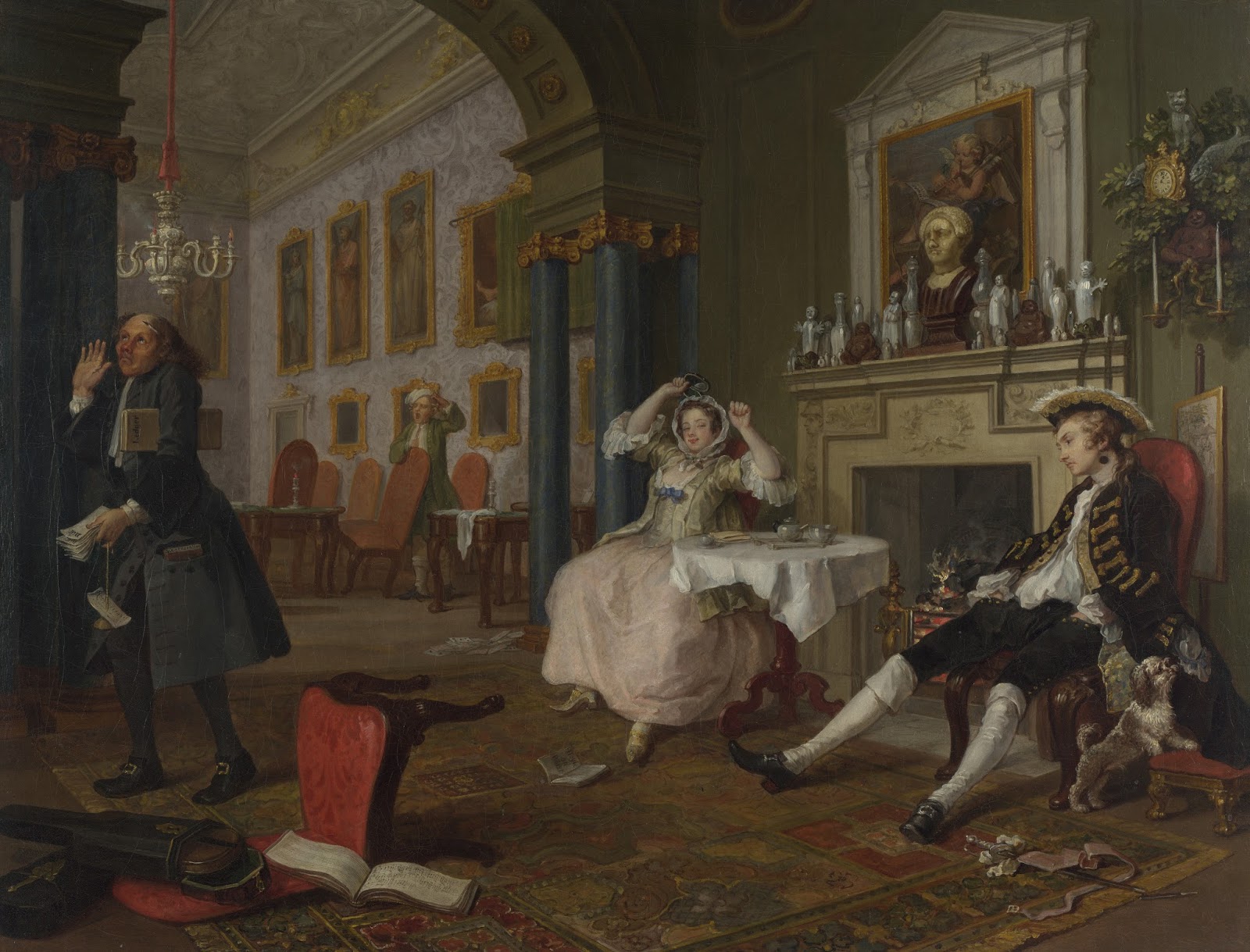
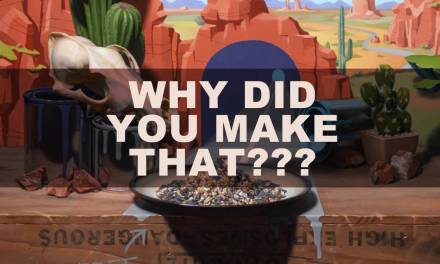
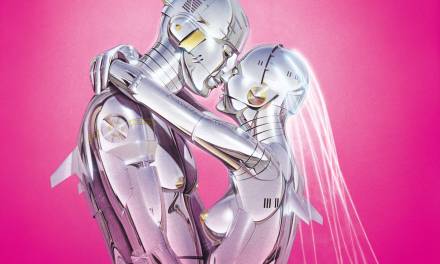
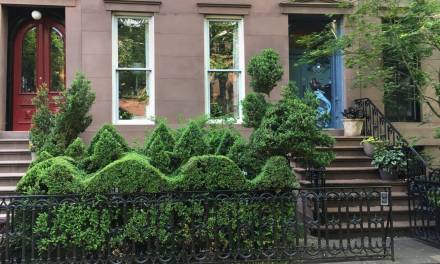

Well done Jonathan!….nailed it.
The sculpt of Mignola's batman captures everything about his style so effortlessly it took me a minute to realize that it was indeed a sculpture. I was comparing it to the picture to the right of it and thinking “Huh, I don't see how the Mignola influence translated over…”
Awesome work perfect at all, you and Tim Brukner are my favorites sculptors greethings and a big hug!!!
that boxy batman is sick